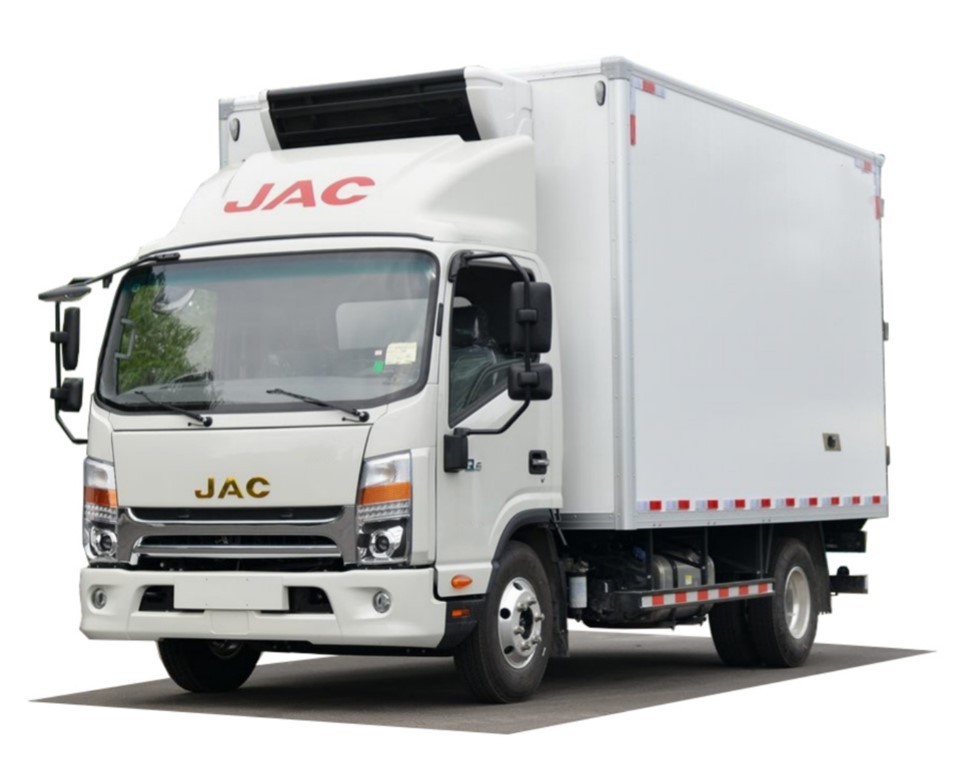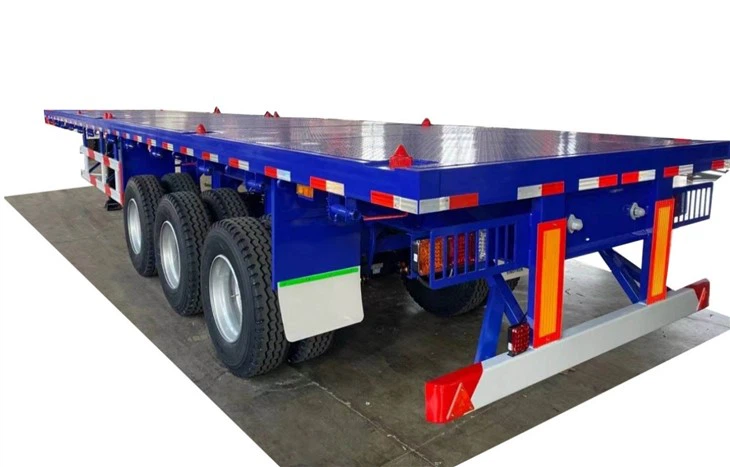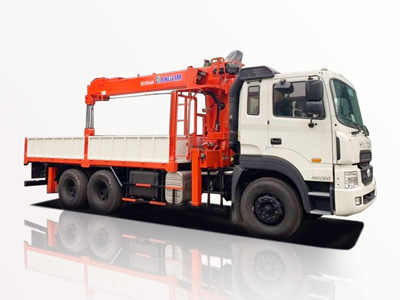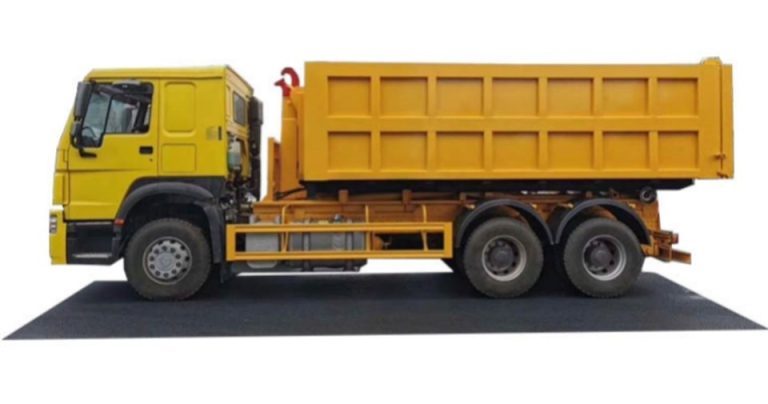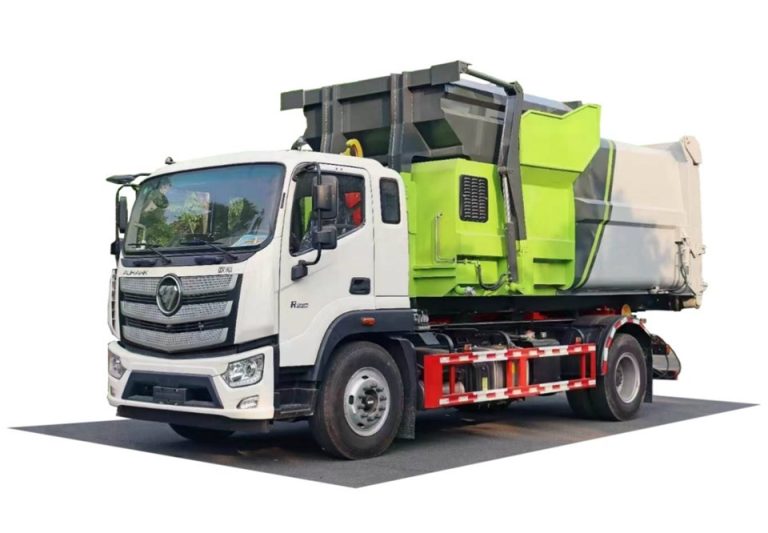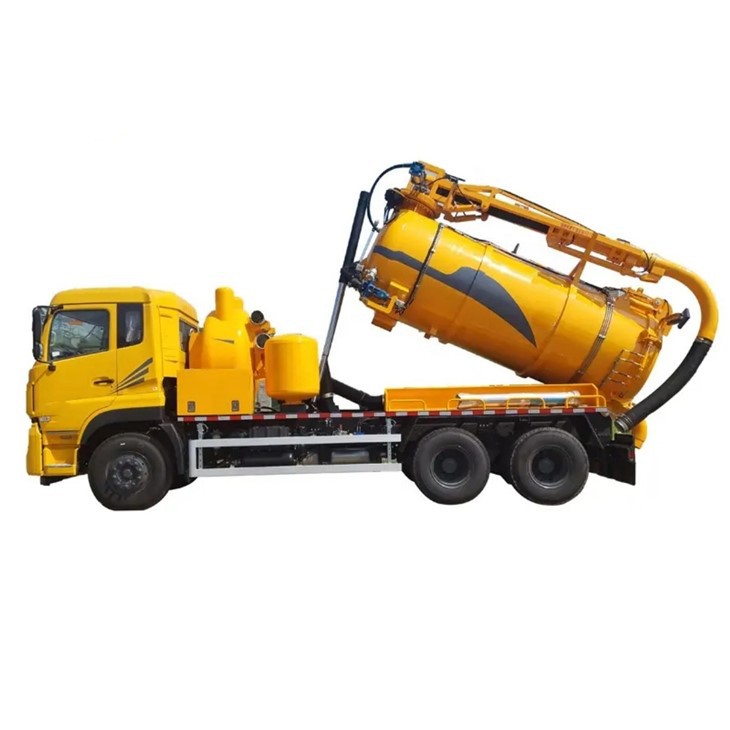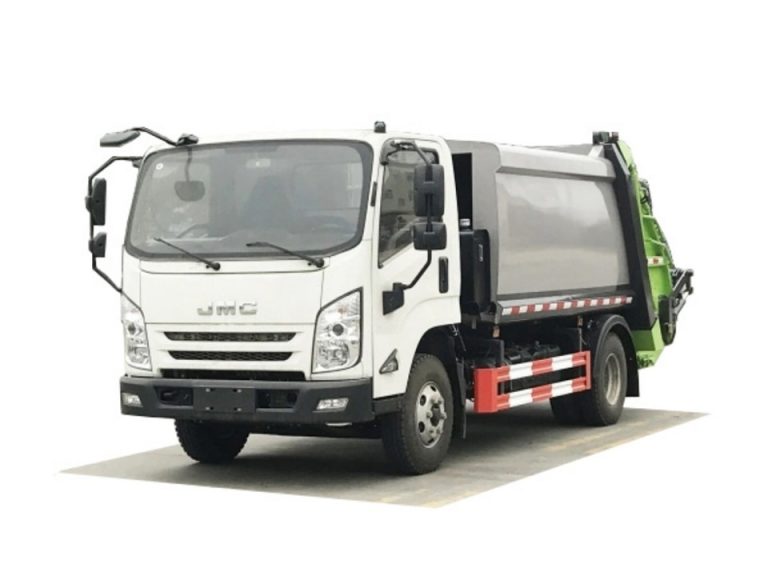When it comes to choosing a Chevrolet Silverado, one of the most important considerations is determining the right cab configuration for your needs. With various options available, two of the most popular choices are the Extended Cab and the Crew Cab. Both have their unique advantages and cater to different requirements and lifestyles. In this article, we will conduct a comprehensive comparison of the Extended Cab and Crew Cab Silverado, examining their dimensions, features, passenger space, cargo capacity, and more to help you make an informed decision.
Understanding Cab Configurations
What is an Extended Cab?
The Extended Cab is designed to offer a perfect blend of passenger space and cargo options. It typically features two conventional front doors and two smaller rear doors, making it easier to access the back seat. The focus is on maximizing the cab length while maintaining usability for families and individuals needing additional storage or seating.
What is a Crew Cab?
The Crew Cab, in contrast, provides a more spacious interior, boasting four full-size doors and spacious seating for passengers. With this configuration, passengers in the rear seat benefit from ample legroom and headroom, making it a suitable choice for those who prioritize comfort and space.
Key Differences Between Extended Cab and Crew Cab Silverado
Passenger Capacity
Understanding how many people you will typically transport is crucial in deciding on a cab model. Here’s how the Extended Cab and Crew Cab stack up:
| Cab Type | Seating Capacity |
|---|---|
| Extended Cab | Up to 5 passengers |
| Crew Cab | Up to 6 passengers |
Passenger Comfort
The Crew Cab shines in terms of passenger comfort due to its larger back seat area and more legroom. If you frequently travel with family or have taller passengers, this extra space can make a significant difference. The Extended Cab tends to feel a bit cramped when fully loaded with passengers, primarily due to its slighter rear seat area.
Cargo Space and Capacity
Besides passenger space, the cargo area is a significant factor when choosing between these two models. Let’s break down their cargo capacities:
| Cab Type | Cargo Bed Length | Cargo Volume |
|---|---|---|
| Extended Cab | 6.5 ft | 62.9 cubic feet |
| Crew Cab | 5.75 ft | 51.0 cubic feet |
Bed Sizes and Options
While Extended Cab models generally offer a longer cargo bed, Crew Cabs cater more to comfort over length. If transporting large items is a priority, the Extended Cab may be more suitable. However, if you need extra passenger space and don’t mind a slightly shorter bed, the Crew Cab can still accommodate your everyday hauling needs.
Performance and Towing Capacity
Engine Options
Both the Extended Cab and Crew Cab Silverado come with a range of engine options to suit various performance requirements. From efficient V6 engines to powerful V8 options, both configurations are capable of handling typical truck tasks.
Towing Capability
Towing capability is often pivotal for truck owners. Typically, both configurations have similar towing capacities based on the engine choice:
| Engine Option | Max Towing Capacity |
|---|---|
| 4.3L V6 | 7,600 lbs |
| 5.3L V8 | 11,600 lbs |
| 6.2L V8 | 13,400 lbs |
Practical Example
If you’re planning to tow a boat or trailer, both the Extended Cab and Crew Cab can perform effectively, but select the configuration that best fits your usual cargo requirements and passenger needs.
Interior Features and Amenities
Technology and Infotainment
Both cab configurations offer impressive technology features, including touchscreen displays, Bluetooth connectivity, and advanced safety systems like collision alerts and lane-keeping assistance. However, Crew Cabs generally have more opportunities for advanced features due to their higher price point, including larger displays and high-end audio systems.
Storage Solutions
Storage is another essential aspect of choosing between these configurations. Both models typically have adequate in-cabin storage, such as center consoles and door pockets, but the Crew Cab often includes additional storage compartments due to its larger interior space.
Price Comparison
Price is always a significant deciding factor when making a vehicle purchase. Generally, Crew Cabs are priced higher than Extended Cabs due to the enhanced passenger space and additional features. Here’s a basic comparison based on average prices:
| Cab Type | Starting MSRP |
|---|---|
| Extended Cab | $33,000 |
| Crew Cab | $36,000 |
Fuel Efficiency
Impact of Cab Style on Fuel Economy
Fuel efficiency can vary based on the engine and weight of the vehicle. Generally, the lighter the truck, the better the fuel economy. Here is a comparison of approximate fuel economies for both cab types:
| Cab Type | Combined Fuel Economy (MPG) |
|---|---|
| Extended Cab | 18-24 |
| Crew Cab | 16-22 |
Practical Tips for Choosing
If fuel economy is a primary concern, consider the specific engine options available and how each configuration impacts overall weight and aerodynamics. Extended Cabs usually achieve better fuel efficiency due to their lighter structure.
Safety Features
Standard and Available Safety Features
Both cab configurations are equipped with a host of safety features to ensure a secure driving experience. Some standard features include:
- Forward Collision Alert
- Lane Departure Warning
- Rearview Camera
However, Crew Cabs may offer additional advanced safety options that aren’t available on the Extended Cab due to the higher trim levels they typically reach.
Choosing the Right Configuration for Your Needs
Assessing Your Lifestyle Requirements
When making a decision between Extended Cab and Crew Cab Silverado, think about how you will use the vehicle. Here are some factors to consider:
- Family Size: If you have a larger family or frequently drive with passengers, the Crew Cab may be more suitable.
- Cargo Needs: If you carry toolboxes or larger items regularly, the Extended Cab offers more cargo space.
- Budget: Consider the price difference and what fits your budget better.
Real-World Usage Scenarios
For instance, if you are a contractor needing to transport equipment and tools while occasionally driving with extra passengers, the Extended Cab might be the right fit. Conversely, if you are a family-oriented individual who needs the extra space for kids and their gear, the Crew Cab is likely a better choice.
FAQs
1. Which cab configuration has better resale value?
Typically, Crew Cabs tend to hold their value better in the resale market due to their popularity among families and comfort seekers.
2. Can I add custom features to both cab types?
Yes, both Extended Cab and Crew Cab Silverados can be customized with a variety of aftermarket accessories and features to suit your preferences.
3. Is the safety rating the same for both cabs?
Safety ratings are generally similar across both configurations, as they share many of the same safety features. However, it’s essential to check the specific safety ratings for each model year.
4. Are there any tax benefits associated with buying a truck?
Yes, in some cases, small businesses can deduct expenses related to the purchase of a vehicle like a truck, so it’s worth consulting a tax professional.
5. How often do I need to maintain my Silverado cab?
Regular maintenance every 5,000 to 7,500 miles is recommended, including oil changes, tire rotations, and inspections.
6. What is the warranty coverage for a new Silverado?
A new Chevrolet Silverado typically comes with a 3-year/36,000-mile basic warranty and a 5-year/60,000-mile powertrain warranty.
